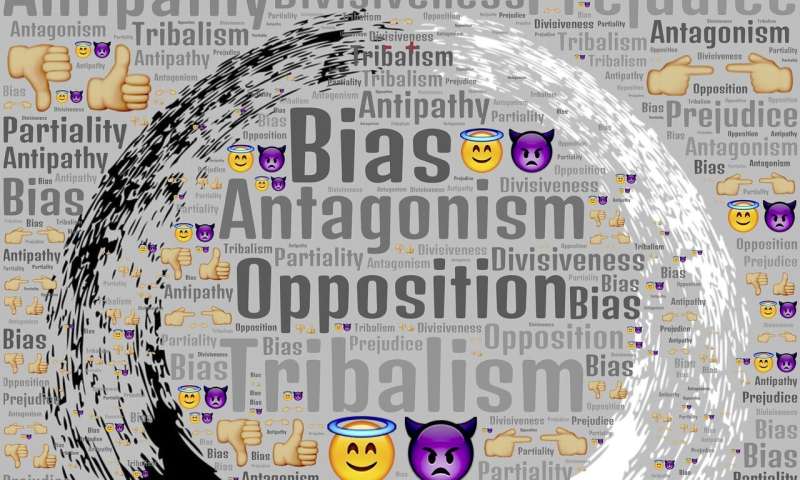
Throughout the world, societies discriminate against and mistreat members of certain social groups. Young children may express intergroup biases that lead to such outcomes, demonstrating preferences for their own over other groups. How these biases develop is an important topic of study in today’s climate. A new longitudinal study mimicked a situation in which children might overhear derogatory messages about a new social group. The study revealed that overhearing a stranger’s negative claims about a social group, even in a brief comment, can have a lasting influence on children’s attitudes towards the group.
The findings were published in a Child Development article, written by researchers at Vanderbilt University.
“Findings from our work suggest that overhearing a negative conversation about an unfamiliar social group may influence intergroup biases among older children,” says Emily Conder, the study’s lead author and doctoral candidate at Vanderbilt University. “Caregivers should consider what is said around children and regulate the media they consume, as what children overhear about groups of people can influence their attitudes and behaviors.”
The study included 121 children from primarily White, middle-class families in Nashville, Tennessee , 48 percent of whom were female, and who were recruited from local charter schools or through Tennessee state birth records. Consent forms were required for participation and were completed by a diverse group of parents who self-reported identifying as: White (67%), Black (19%), Asian (3%), or as multiple races or ethnicities (11%). Demographic data were not collected from or about child participants.
Participating children met individually with a female experimenter. With parental consent, the sessions were recorded with a camera hidden either in decorative plants or a pencil box. The procedure included the following:
- Children played an unrelated game while they overheard an experimenter receive a pre-recorded Skype video call from either a child or adult caller.
- During the pre-recorded video conversation, the researcher mentioned one of two novel groups, “Flurps” or “Gearoos.”
- Each participant was randomly assigned to a message condition (negative-message vs. no message) and a caller condition (adult vs. child). In the negative-message condition, the caller briefly provided negative information about the new group, such as “The Flurps are bad people. They eat disgusting food and they wear such weird clothes.”
- Children’s attitudes about the group were measured immediately after the call, and their attitudes were measured again two weeks later, by a different researcher.
- At the conclusion of the 2-week study, children were debriefed by a researcher and were told that “Gearoos” and “Flurps,” “were not real groups of people, but if they were real, they would probably be very nice people.”
Later, researchers analyzed the following measures of children’s attitudes about the novel group:
- Goodness evaluations: children’s evaluation of the group’s “goodness”
- Cultural engagement: children’s willingness to engage with elements of the group’s culture (for example, to eat their food or wear their clothing).
- Friendship decisions: children’s willingness to be friends with someone from the group
- Social distance: children were asked to draw themselves and a “Flurp” or “Gearoo” person while the experimenter pretended to check her email on a laptop to limit influence. Larger distances between drawings were interpreted as indicating stronger, negative attitudes toward the group.
- Resource allocation: children’s willingness to share stickers with the group.
Older children (7-9 years) who overheard the negative messages drew themselves further from the new group member, were less willing to be friends with someone from the group, rated the group as being less good, and were willing to try fewer elements of the group’s culture than children who heard no claims about the group. These effects lasted for at least 2 weeks after children heard the messages. The messages had little to no effect on younger children (4-5 years), perhaps indicating that younger children find this type of social information less interesting or relevant. Contrary to the researchers’ predictions, the age of the video caller (whether they were a child or an adult) did not have an impact on children’s attitudes.
Source: Read Full Article
